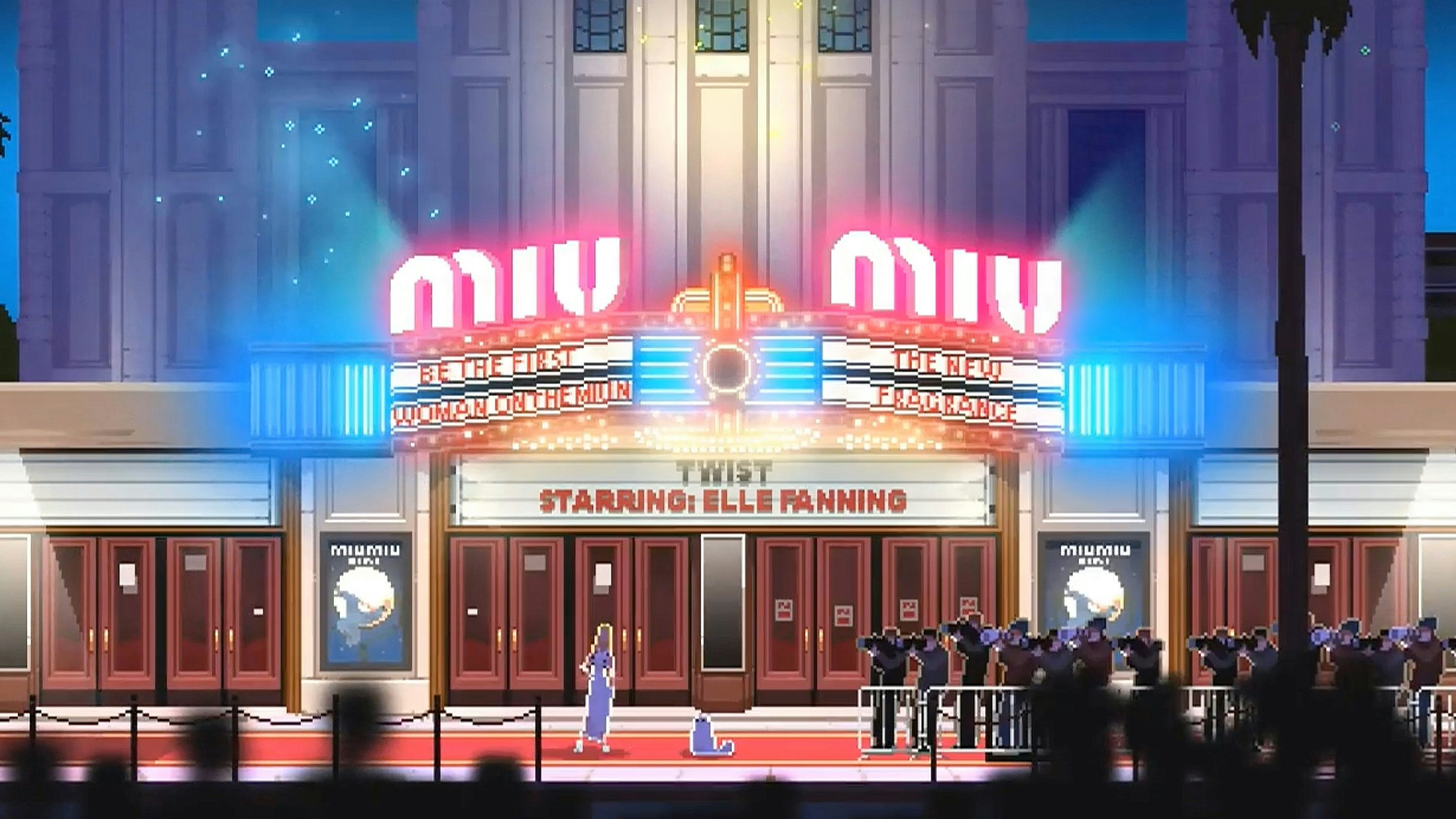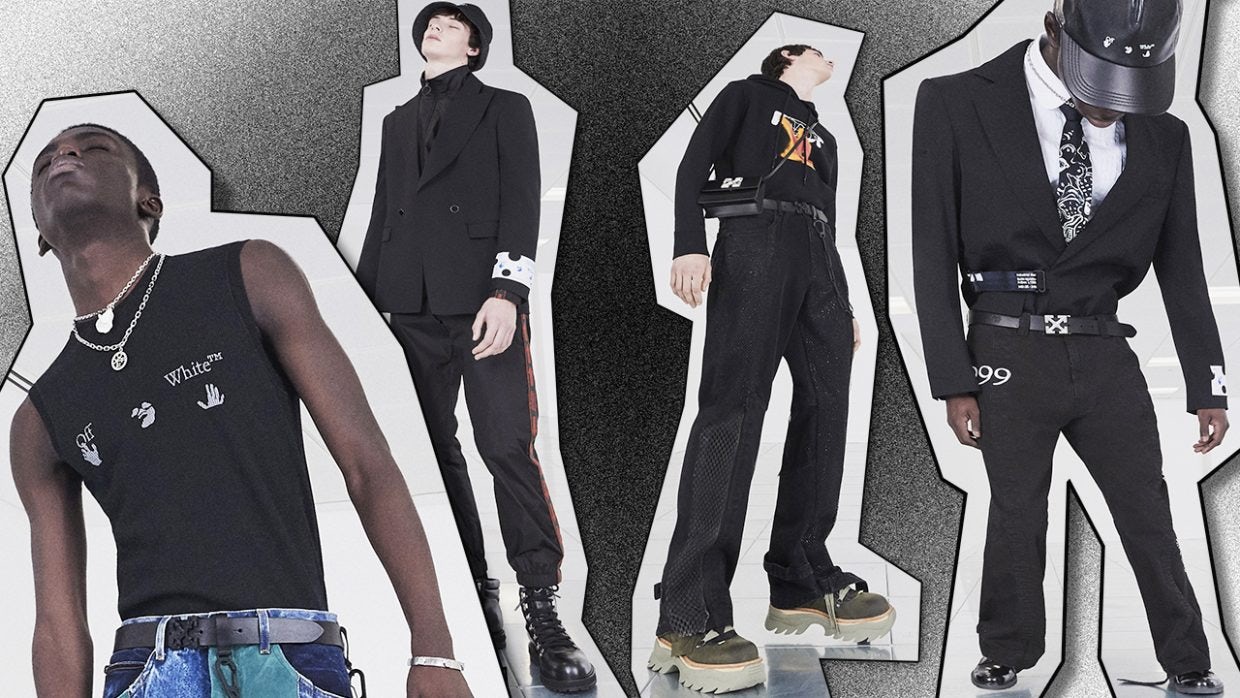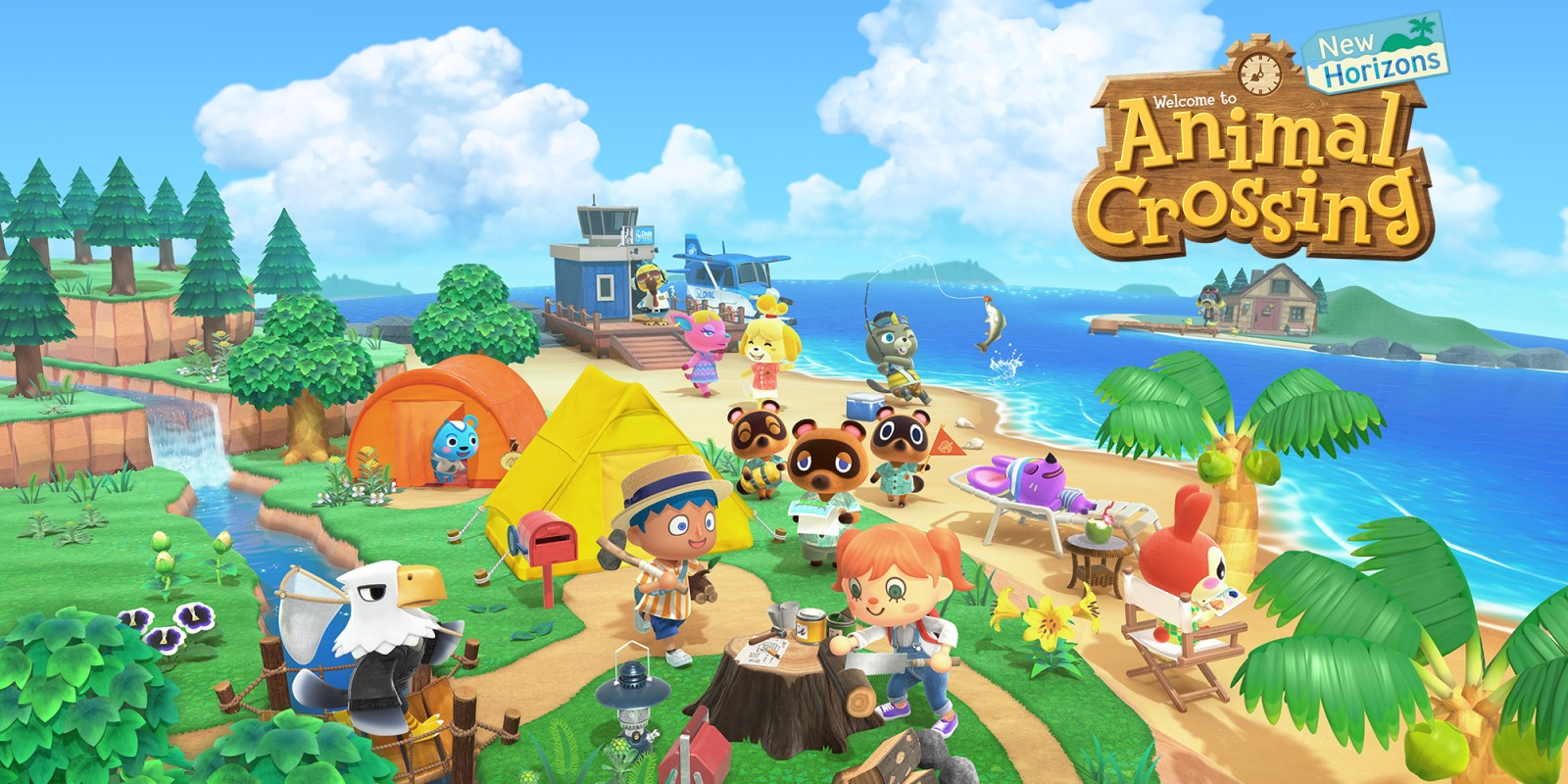This post originally appeared on Content Commerce Insider, our sister publication on branded entertainment.
Following the recent online debut of their collaboration on the Prada Fall/Winter 2021 menswear collection, co-creative directors Raf Simons and Miuccia Prada engaged in a livestreamed conversation with college students from around the world, with students faces projected on enormous portrait screens, dwarfing the two designers.
One student from Ghana asked whether luxury can exist in the absence of wealth, noting that in his country local artisanal craft is most valued. Miuccia Prada responded that fashion must evolve to be more open and accessible, closing with, “If you have anything to propose, stay in touch!” That exchange between a student and the head of a global fashion powerhouse illustrates a new level of approachability and inclusivity that has been emerging in the luxury industry.
Social media opened the backstage doors to the once-exclusive realm, giving luxury labels much wider audiences. Young consumers have grown up accustomed to immediacy and transparency while prioritizing meaningful storytelling as they follow their favourite brands as if they were friends. Some 83% of millennials want brands to align with their own values. In China, set to become the biggest luxury market in the world by 2025, McKinsey reports that Gen Z already spend as much as their parents on luxury goods, while Bain & Co. and Farfetch predict that millennials will represent 40% of the global personal luxury goods market by 2025.
The transparent relatability that young audiences seek from brands has spread to other demographics as more consumers have been spending extra time online due to the coronavirus. Erwan Rambourg, a luxury analyst and the author of “Future Luxe: What’s Ahead for the Business of Luxury,” says that the trauma of the pandemic has pivoted attention to purpose over products. “Many luxury brands will want to come across as being welcoming, inclusive, friendly, approachable,” Rambourg told CCI. “Just because the price point and scarcity of some luxury items makes them hard to access, that doesn’t mean that the communication and PR needs to be exclusive.”
But the traditional concept of “luxury” loses its meaning if it is readily available to anyone, so how does the current trend towards inclusivity mesh with one of the industry’s core principles? Brands are simply realizing re-conceptualizing their approaches.
In the digital space, mass-market brands exist side-by-side with top-of-the line ones. To differentiate themselves, luxury brands pride themselves on high-tech customer service features and implementation of innovative digital experiences that tap into the cultural mood. Kayla Marci, a market analyst at the market intelligence platform EDITED, explains that the pandemic has triggered widespread closures of stores — a key element of luxury’s exclusivity model — and, consequently, “brands have been experimenting with new platforms and innovations to virtually tailor that experience with consumers.”
In 2019, e-commerce accounted for 10% to 15% of global luxury sales across Europe, China and the United States, but in 2020, it increased by at least 50% in all three regions, according to McKinsey & Co. Sophisticated digital shopping experiences became a prime area of focus during the pandemic, incorporating artificial intelligence, premium shopping apps, and personalised customer service tools. British luxury retail platform Yoox Net-a-Porter (YNAP) leveraged white-label online services such as click-and-collect, return-in-store, click-from-store, book an in-store appointment, and others for brands like Armani and Montblanc.
Virtual try-ons are another shopping feature that many premium beauty brands — including
MAC Cosmetics, Chanel, Benefit, and Lancôme — rolled out for their online customers. Entering the fast-growing gaming sector is another tactic gaining widespread interest. In 2019, Miu Miu launched the Miu Miu Twist fragrance inside a video game, akin to the more recent Balenciaga production of its Fall 2021 fashion show as a video game.
Overt displays of wealth through conspicuous consumption have been less welcome during this time of widespread economic contraction, and paired with rising awareness of sustainability, has led luxury to enjoy an “archival fashion boom, with ThredUP’s 2020 report noting that resale grew 25 times faster than retail in 2019.
Pre-owned items — which can range from one-off nostalgic runway pieces to late designer’ gems — not only appeal to the desire for rarity that is a trademark of luxury, but they also promote a more circular economy.
Gucci now sells second-hand pieces on luxury resale platform The RealReal, which has also partnered with Burberry and Stella McCartney.
Secondhand luxury allows consumers to enjoy associations with brand heritage along with the social currency of engaging in sustainable practices. Devenyns reports that consumer considerations of the environment when making purchases rose by 7% in 2020.
In a world pushing for greater inclusivity, luxury’s focus is on the stories brands can tell and the experiences they can offer. EDITED’s Marci sums it up as follows: “The new luxury is virtual, collaborative and innovative. Successful brands will have the ability to balance referencing their history while evolving to remain aspirational to a new generation.” Rest assured, luxury’s new face will continue to prioritize progressive, taste-leading inspiration over aspiration for 2021.



